Brewer's have responded to buyers' calls for innovation over the past 12 months. Whether in the speciality segment, packaging, brand extensions or technology, brewers have injected life back into the beer category.
Darran Britton, marketing director at Carlsberg UK, says that many brewers have increased NPD
activity over the past 12 months to add value to the category. "It is important that retailers support these initiatives to help them succeed," he says.
Despite this, beer producers still feel disheartened by the multiples' severe price-cutting tactics. "There is innovation, but it is restricted because of a move away from things such as price cutting,"
says Adrian Davey, director of retail sales at Coors Brewers. "We have unprecedented material costs at the moment."
Coors, which also owns the Carling and Grolsch brands, has been investing heavily in chilling, which it says it has been doing since the launch of Carling Extra Cold in 2002. "This led to a huge resurgence in standard lager," says Davey. "We are investing in thermochromic technology - packaging that changes colour with temperature - in the off-trade and we see the Carling C2 variant as being a really important strategic platform going forward."
The push behind the 2% abv C2 - to come later in
the year - follows a trend
of investment in lower-
alcohol beers, especially the emerging mid-strength sub-category of standard lager. Standard lager sales increased 9.8% in volume, while premium fell 0.8% [ACNielsen y/e 22 April 06].
This year has seen the launch of the canned 4% abv Beck's Vier, offering a lower-alcohol extension of the Beck's brand with fuller flavour, and similarly Bud Silver, a 4% abv canned variant of Budweiser. A 2.8% abv Guinness mid-strength is being trialled in Ireland and others are looking to move into the standard lager sub-category. "Brewers are looking to get into mainstream lager now that their premium engines are in decline," says Davey.
All brewers seem to be keeping a close eye on this sub-category. "We are working on opportunities," says Mark Gerken, off-trade sales director at Scottish & Newcastle UK. "There is some hang-up still from the low-alcohol beers of a few years ago, which didn't taste good. Lower-alcohol beers do well in Australia, but it's important to get the taste right for the UK."
Stuart MacFarlane of InBev UK says: "I think we'll see more developments in this sector. Foster's, Carling and Carlsberg have more than 80% of the market, so there is room for different brands to grow."
Ales Premium ales buck the market
A more positive story is emerging from ale than in recent years. While the canned ale segment continues to struggle, failing to attract younger consumers, the premium bottled ale market is keeping the segment alive, perhaps through its association with speciality and premium bottled lagers.
Rick Payne, marketing manager at Hall & Woodhouse, says that while the total ale market is pretty flat, only cider is growing faster than premium bottled ales. "Along with our core ales, our recent Badger launches of England's Gold and First Gold are generating positive sales. We are 200% up on our budget for First Gold," he says.
Last year, the brewer brought out the nettle-flavoured Stinger Ale with celebrity chef Hugh Fearnley-Whittingstall and his River Cottage headquarters. "We are planning to trial another beer, called Hopping Hare, at the Great British Beer Festival."
Payne says that while the company's bottled variants have experienced particularly strong growth, it has recorded a fivefold sales increase in cans of its Tanglefoot ale brand over the past five years. "It is bucking the market. We relaunched it two years ago with the original recipe, which helped."
Meanwhile, Wychwood Brewery has made good progress with its Hobgoblin brands following its decision to increase the range of packaged and multipack formats for both bottled and canned. MD Rupert Thompson says: "Hobgoblin is a brand with attitude, for those who are rebelling against mass market brands and want something a bit more interesting and emotionally spiky."
Justin Adams, MD of Greene King Brewing Company, says that if brands experiencing a decline in sales, such as Caffrey's and McEwan's, are removed from the picture, the data looks more positive for ales.
Brewer Shepherd Neame, owner of the Bishops Finger brand, says various forms
of communication are helping to bring new consumers to the category.
"Shepherd Neame has actively targeted new consumers in the premium bottled ale category through the use of above-the-line campaigns, so we expect to see a rise in the number of consumers in their 20s and 30s buying ale," says brand development manager Charlie Holland.
The rise in popularity of bottled ales has been especially beneficial for some smaller producers. Recent moves from cask into bottle include the Sussex-based Dark Star brewery's Expresso Ale and the Midlands-based Springhead Brewery's Roaring Meg.Research Notes
The total take-home market for lager, cider and ales is worth £3.5bn, with lager accounting for more than 75% of this value.
Cider has been one of the major success stories over the past 12 months, with the popularity of 'over ice' brands such as Magners and Sirrus contributing to the 6.4% value growth in the cider and perry category.
Success in the category has been varied, however, with brands such as Strongbow experiencing double-digit growth, while White Lightning fell 27.6% in value.
The take-home lager sector, which is worth £2.6bn, has shown only marginal growth of 1.7%, again with mixed fortunes. Clear brand leader Stella Artois fell in value by 1.9%, while sales of Carlsberg rose 27.2%.
The lager sector has experienced innovation through authentically imported lagers and beers such as Kronenbourg Blanc, although such beers still account for only a small percentage of the category.
Kronenbourg Blanc, for example, has clocked up sales of only £3.4m since launch and has a penetration in the multiple grocers of only 1.4%.
Ales continue to struggle, with three of the top five brands in decline and the total market down 3.6% as lager continues to steal share.
A strong performance by brand leader John Smith's Extra Smooth, up 17%, has offset decline in the Original John Smith's brand, which dropped 5.6%.The supplier's view
Getting the younger adult consumer to the category is hard with a well-established cider brand. Our core consumers are 35 to 50 years old, but they are getting older. It is a much better industry than it was even 18 months ago though, and younger consumers are coming into the category.
The winners in cider are the multiple retailers and I think independents are missing a trick. They still stock PET bottles and white cider, and these aren't the segments of the market that are in growth. They should get brands in and use chilled offers.
We are sticking to packaging our cider in 500ml and 750ml bottles. No-one else is in this category except Magners, so I need to continue to own this. Our latest product, Merrydown Gold, is aimed at younger women. It is suggested as a drink to be served over ice, but it is aimed at women so we are not expecting it to challenge Magners, which has a more male appearance.
Pricing for Gold will be at the top end, in line with brands such as Aspall and Westons, because it has a higher apple content than our other ciders.








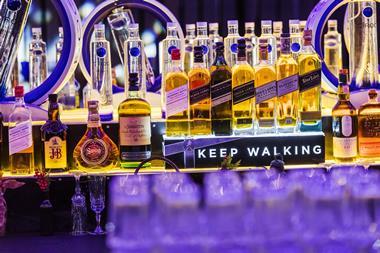
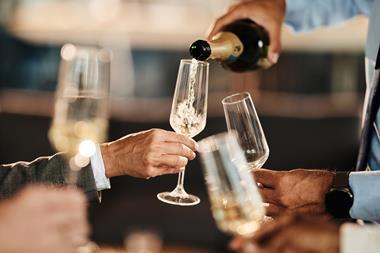
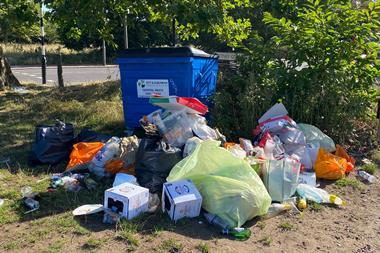
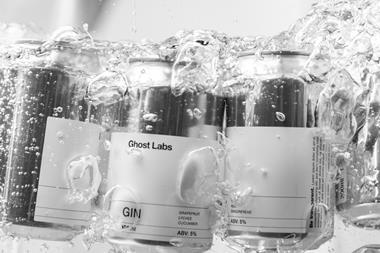
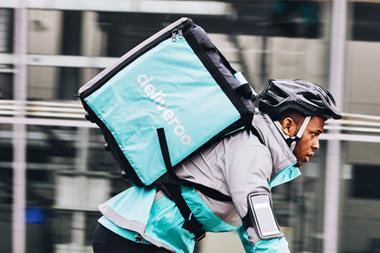




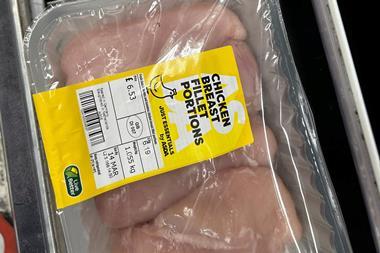
No comments yet